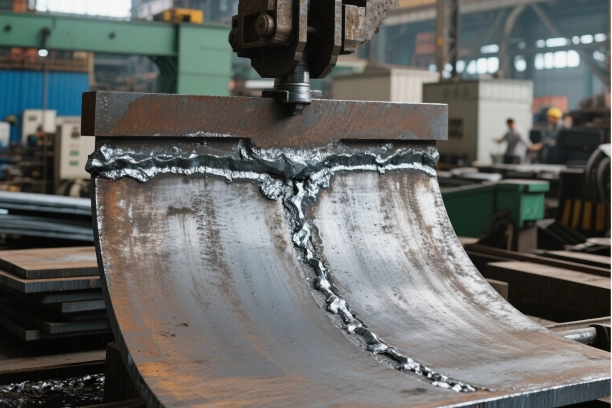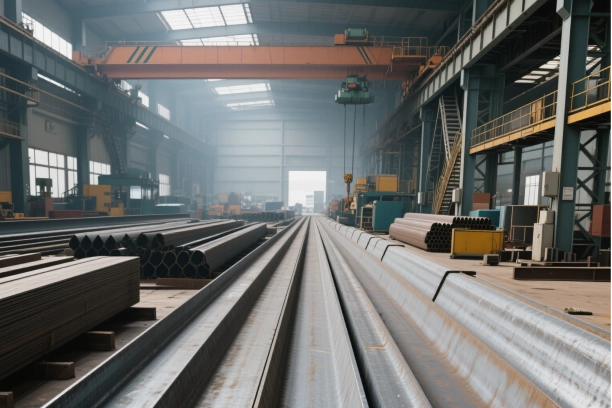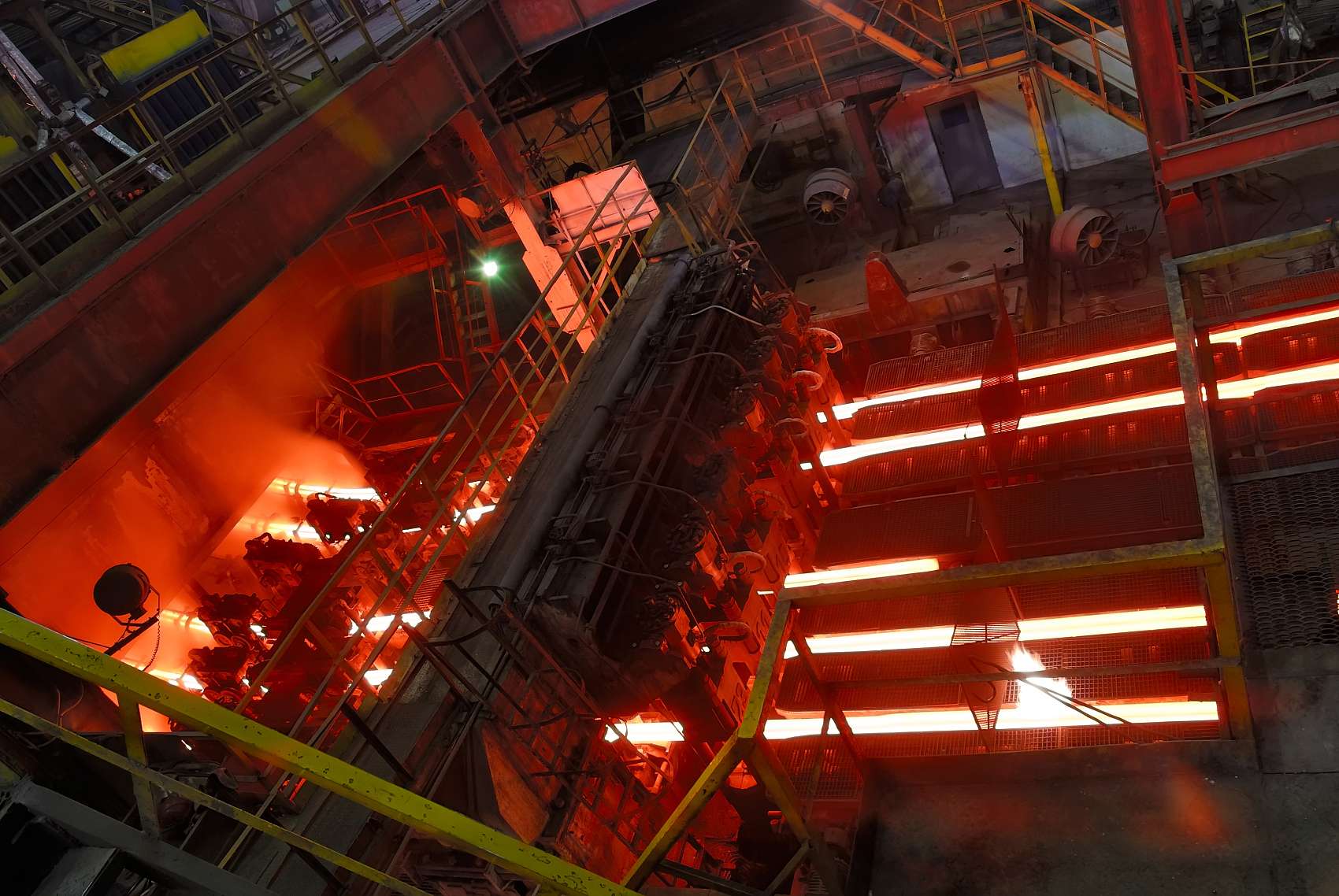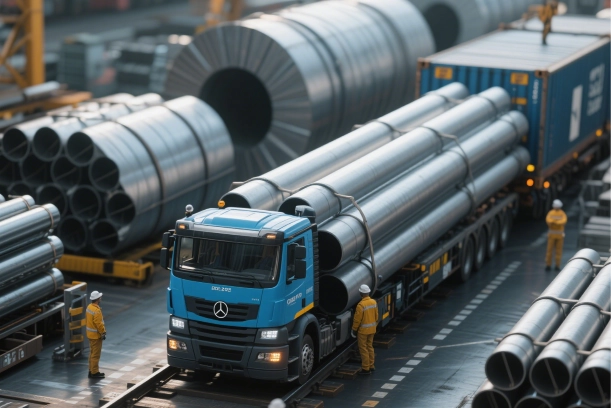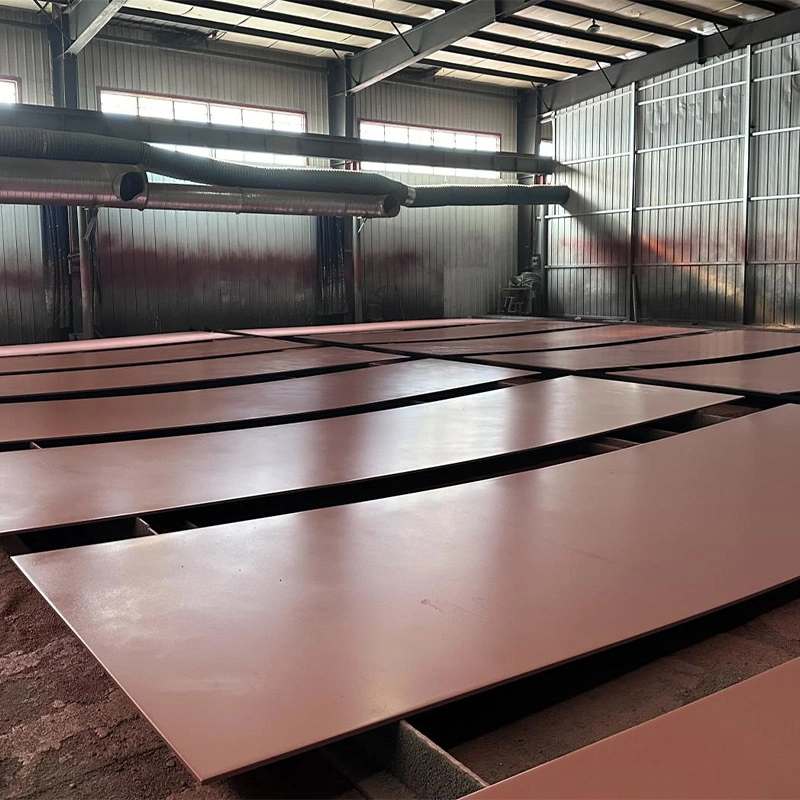What Is Spring Steel and Why Is It Highly Resilient?
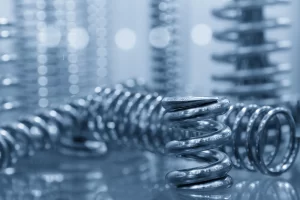
Spring steel is a kind of high carbon steel that is recognized for its flexibility and bounce back capabilities.It is a material widely employed in crafting parts that need to flex and rebound to their forms after being bent or stretched.Spring steel is commonly utilized in making springs,restraint rings. Assorted mechanical parts, due to its features that make it ideal, for industrial use where enduring repeated strains is essential. Delving into the structure and attributes of the material can offer insights, into how it excels in applications related to engineering and manufacturing.
Understanding Spring Steel Material
Spring steel stands out mainly for its robust yield strength that enables it to withstand stress without losing its form intact It is mostly made up of carbon and usually features a carbon content of about 0 5 % to 1 % and might also be enhanced with alloys, like manganese silicon chromium to enhance its toughness and flexibility These compositions render spring steel apt for a wide range of uses ranging from automotive to aerospace thanks to its capacity to maintain shape, under external pressures
Spring steels design is customized to maximize its characteristics through various heat treatment methods such, as quenching and tempering that modify its microstructure to boost strength and flexibility simultaneously. This enables spring steel to handle tasks demanding a blend of pliability and robustness effectively. Engineers benefit from comprehending the makeup as it empowers them to choose the right kind of spring steel tailored for particular uses ultimately enhancing the efficiency of their designs.
Composition of Spring Steel
The makeup of spring steel plays a role, in its durability and sturdiness.In general spring steel consists of carbon levels ranging from 0..percent to 1%,sometimes adding elements like manganese and chromium to boost its characteristics.Manganese helps with hardening and higher tensile strength. Chromium improves resistance, to fatigue and wear.This ultimately extends the lifespan of parts crafted from this material.
In addition, to these components of the steelmaking process that silicon may play a role in aiding with deoxidation. Enhancing the quality of the material as a whole. In niche uses cases or applications alloying elements can be customized to create types of spring steel such as oil quenched or heat treated variations. It is crucial to grasp these differences in composition, for crafting parts that can endure demanding situations and intense stress environments.
Characteristics of Spring Steel
Spring steel has a variety of traits that enhance its performance in different uses.The high yield strength of spring steel is a feature that allows it to withstand substantial stress without undergoing permanent deformation.This attribute is crucial for parts, like springs that need to withstand repeated cycles of loading and unloading without losing their effectiveness.
Furthermore, spring steel provides excellent fatigue resistance, enabling it to maintain its structural integrity even after prolonged use. The material’s ability to absorb energy and return to its original form after deformation makes it ideal for dynamic applications, where movement is a constant factor.
Key Properties of Spring Steel
Resilience to Deformation
Spring steel’s resilience to deformation is one of its defining qualities, allowing it to thrive in applications requiring high elasticity. This property is characterized by its ability to undergo significant twisting and bending without suffering permanent damage. Whether used in automotive leaf springs or in small compression springs for machinery, the ability of spring steel to absorb shock and strain ensures that mechanical systems can operate smoothly.
Twisting and Bending Tolerance
The tolerance for twisting and bending in spring steel makes it an invaluable material for engineering applications. This characteristic enables the production of components that can flex significantly under applied loads. Such adaptability allows for efficient energy storage and release, which is particularly useful in devices such as shock absorbers and suspension systems. The capacity for controlled deformation helps in mitigating stresses and preventing mechanical failure in complex systems.
Return to Original Shape Post-Deformation
Another critical aspect of spring steel is its capacity to return to its original shape after being deformed. This property is essential for maintaining the functionality of applications that rely on repetitive motion. After each cycle of compression or tension, spring steel will revert to its initial form, ensuring consistent performance over time. This feature not only helps in reducing wear and tear on mechanical systems but also aids in the overall reliability of devices that utilize spring steel components.
Hardness and Durability
The hardness and durability of spring steel are vital for its application in environments where components are exposed to harsh conditions. Through heat treatment processes, spring steel can achieve remarkable hardness without sacrificing ductility. This enhanced hardness contributes to the material’s resistance to wear and deformation, making it suitable for high-load applications where traditional steels might fail.
Moreover, the durability of spring steel translates to longer service life for components manufactured from it. The material’s resistance to fatigue further extends its applicability in demanding fields such as automotive, aerospace, and manufacturing. In these industries, the ability to maintain operational efficiencies while minimizing replacement costs makes spring steel a preferred choice for engineers.
Mechanical Behavior of Spring Steel
High Yield Strength Explained
The high yield strength of spring steel is one of its most remarkable features, allowing it to bear considerable loads without experiencing permanent deformation. Yield strength refers to the amount of stress a material can withstand before it begins to deform plastically. In the context of spring steel, this means that it can return to its original shape after the applied force is removed, making it highly effective for components that are subjected to frequent stress cycles. High yield strength is crucial for applications such as automotive suspensions, where spring steel components need to accommodate shocks while maintaining integrity.
Role of Shape in Providing “Springiness”
The shape of the component made from spring steel plays a significant role in delivering the desired spring action. The geometry of components like coils, leaf springs, or flat strips dictates how the material behaves under load. The design needs to accommodate the elastic properties of spring steel to allow efficient energy storage and release during operation. For instance, a tightly wound coil can compress or stretch effectively while providing consistent resistance to deformation, making it ideal for use in automotive and industrial applications.
Factors Influencing the Performance of Spring Steel
Manufacturing Processes
The methods used to make spring steel have an impact on how well it works in different situations.It’s common to use processes like drawing and forging as well as heat treatment to make it stronger and more durable.Cold drawing is when you pull the metal through a die to make it smaller in size.This makes it stronger and harder because of the way the metal changes, under pressure.This process also helps make sure the final product is very precise and can be used in work.
Craftsmanship involves another method known as forging that includes shaping the steel by applying pressure to create a well defined grain structure which enhances durability and resistance to wear over time. Afterwards Following this step heating Heating and cooling processes have an impact on the traits of the spring steel providing a way, for adjusting its strength and flexibility. With these procedures, in place the end result is guaranteed to possess the necessary qualities to endure repeated stress and varying environmental circumstances.
Treatment Techniques
The methods used to treat spring steel are vital in shaping its toughness and longevity characteristics. The process of heat treatment. Encompassing techniques such as annealing and tempering. Modifies the steels microstructure to enhance its qualities. Annealing entails heating the material and gradually cooling it down to decrease hardness levels while increasing flexibility and alleviating tensions. This results in a consistent and refined grain structure that proves advantageous, for future shaping processes.
Quenching enhances hardness. Can lead to stresses which can be addressed by tempering to decrease brittleness and achieve the right mix of strength and flexibility in the material used for spring steel components. Other methods, like nitriding or carburizing can also be employed for surface hardening to improve wear resistance while keeping the core softer and more durable. These treatment approaches are crucial for parts experiencing friction or repeated stress cycles underscoring the need, for customized treatment considerations based on applications.
Conclusion: The Significance of Spring Steel’s Resilience in Industrial Applications
The strength of spring steel plays a role, in its effectiveness in a range of tough industrial uses. Its capacity to withstand changing pressures and bounce back from changes in shape enables the creation of parts that can work consistently for periods. This durability is especially important in settings where parts face strain or tough operating conditions like, in the aerospace and manufacturing industries.
Furthermore knowing the factors that affect how well spring steel performs. Such as how its made and treated. Helps engineers pick the materials for different uses. This focused method doesn’t just make designs work better; it also cuts down on upkeep expenses. Boosts safety, in mechanical setups. With the further development of the industry, spring steel products provided by Promispecial, like alloy spring steel and high quality carbon spring steel, will continue to play a key role in driving innovative engineering solutions to meet the needs of constantly changing operating environments.






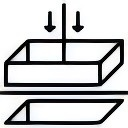









.webp)
